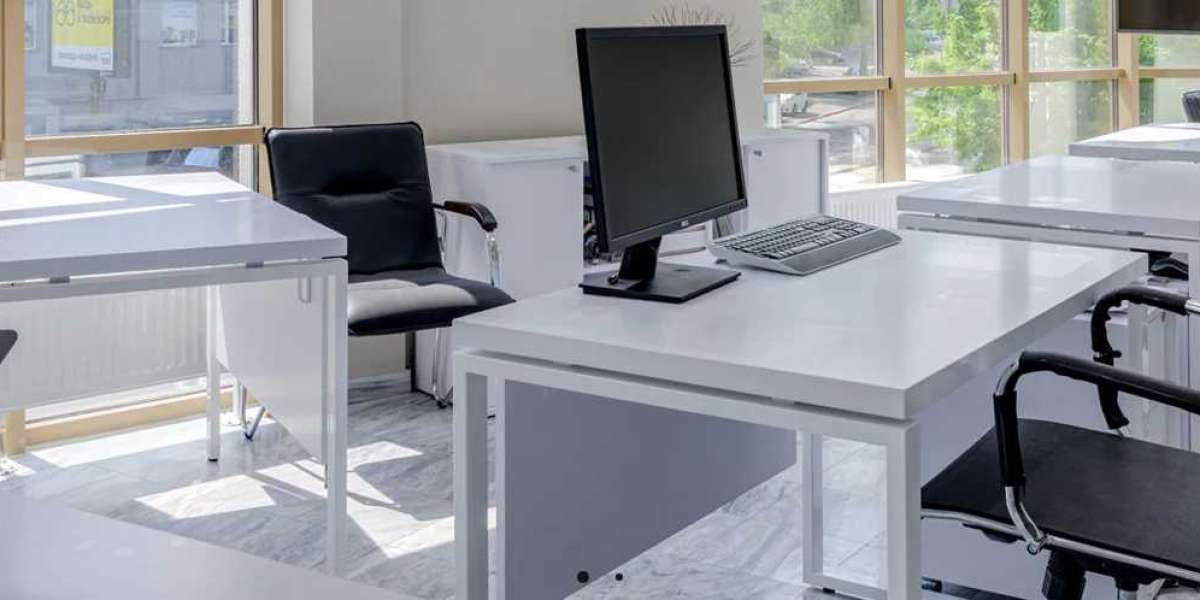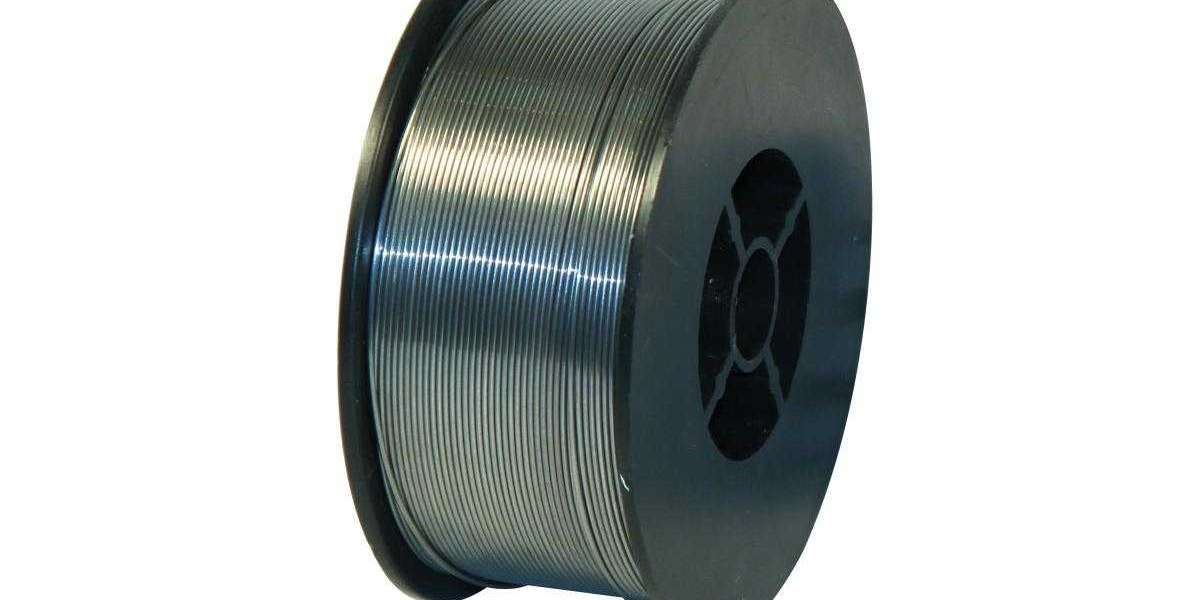Innovative office furniture solutions are essential for modern workplaces that need to balance aesthetics, functionality, flexibility, and employee well-being. As work environments continue to evolve, the demand for furniture that supports these changes has grown. Here are some innovative office furniture solutions that can enhance the modern workplace:
**1. Modular Furniture Systems
- Flexibility: Modular furniture systems allow for easy reconfiguration, enabling spaces to adapt quickly to different needs. This is ideal for dynamic work environments where teams might need to switch between collaborative work, individual tasks, and meetings.
- Example: Modular desks that can be grouped together or separated, modular seating that can form different shapes, and moveable partitions that can create private areas on the fly.
**2. Sit-Stand Desks
- Health and Productivity: Sit-stand desks promote movement throughout the day, helping to reduce the negative effects of prolonged sitting. They also allow employees to choose the most comfortable working position, improving focus and productivity.
- Example: Desks with adjustable height settings, either manually or electronically controlled, that let employees switch between sitting and standing positions with ease.
**3. Collaborative Workstations
- Teamwork: Collaborative workstations are designed to support teamwork and communication. These often include shared desks, round tables, or bench-style seating that brings team members closer together and facilitates open communication.
- Example: Workstations with integrated technology for easy screen sharing, whiteboard surfaces for brainstorming sessions, and communal tables that encourage spontaneous collaboration.
**4. Privacy Pods and Acoustic Solutions
- Focus and Well-being: In open-plan offices, privacy pods and acoustic solutions are critical for providing employees with spaces where they can focus without distractions. These solutions can also reduce noise levels, contributing to a more comfortable work environment.
- Example: Soundproof pods for phone calls or focused work, acoustic panels that absorb sound, and quiet zones with comfortable seating for deep concentration.
**5. Smart Furniture
- Technology Integration: Smart furniture integrates technology to enhance functionality. This can include desks with built-in wireless charging, meeting tables with integrated screens and connectivity options, or chairs that adjust automatically to the user's posture.
- Example: Desks that track usage patterns and suggest ergonomic adjustments, or conference tables with built-in touchscreens for easy collaboration during meetings.
**6. Biophilic Design
- Well-being and Aesthetics: Biophilic design incorporates natural elements into office furniture, which can improve employee well-being and productivity by creating a more calming and visually appealing workspace.
- Example: Desks made from natural materials like wood or stone, planters integrated into workstation dividers, and furniture with organic shapes that mimic natural forms.
**7. Multi-Functional Furniture
- Space Efficiency: Multi-functional furniture maximizes the use of space by serving multiple purposes. This is especially important in smaller offices or in environments where space needs to be used efficiently.
- Example: Desks that double as storage units, chairs that can be easily transformed into lounge seating, or tables that can be used as whiteboards.
**8. Ergonomic Seating
- Comfort and Health: Ergonomic seating is designed to support the body, reduce strain, and prevent injuries that can result from long periods of sitting. Modern ergonomic chairs are adjustable and customizable to fit individual needs.
- Example: Chairs with adjustable lumbar support, armrests, and seat height, or stools that promote active sitting and encourage movement.
**9. Mobile and Flexible Workstations
- Adaptability: Mobile workstations allow employees to move their workspaces as needed, supporting a flexible and dynamic work environment. These are particularly useful in agile workspaces where employees may not have assigned desks.
- Example: Desks on wheels, lightweight foldable chairs, and mobile storage units that can easily be relocated.
**10. Sustainable Furniture
- Environmental Responsibility: Sustainable furniture is made from eco-friendly materials and designed with minimal environmental impact in mind. This reflects a company’s commitment to sustainability and can appeal to both employees and clients.
- Example: Furniture made from recycled materials, products certified by environmental standards, or items designed for easy disassembly and recycling at the end of their life cycle.
Conclusion
Innovative office furniture solutions are crucial in creating a modern workspace that is flexible, efficient, and conducive to employee well-being. By incorporating elements like modular systems, smart technology, and biophilic design, businesses can create an environment that not only meets the functional needs of the workplace but also fosters creativity, collaboration, and sustainability.








